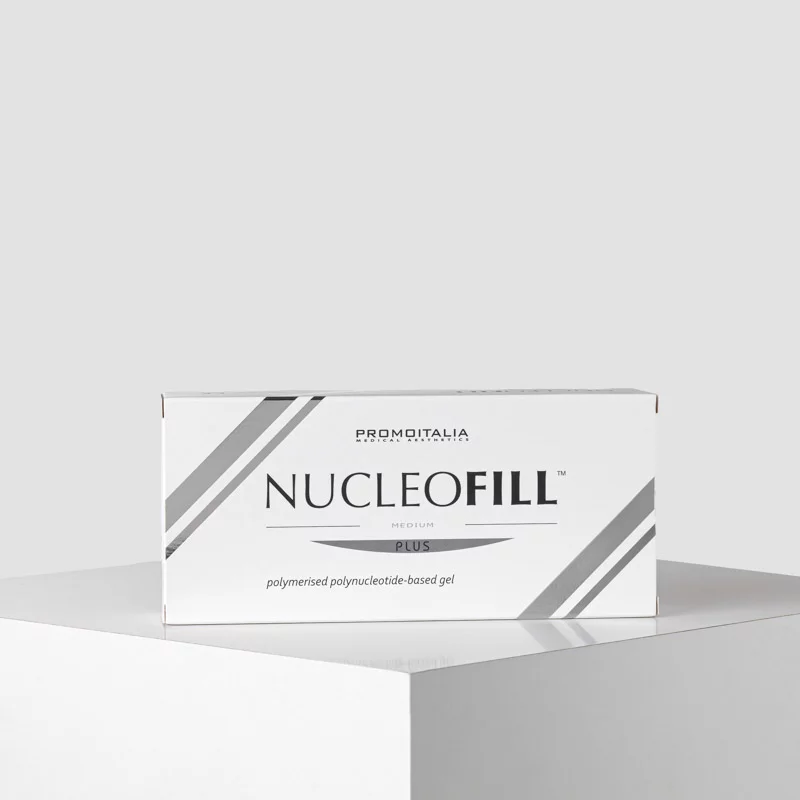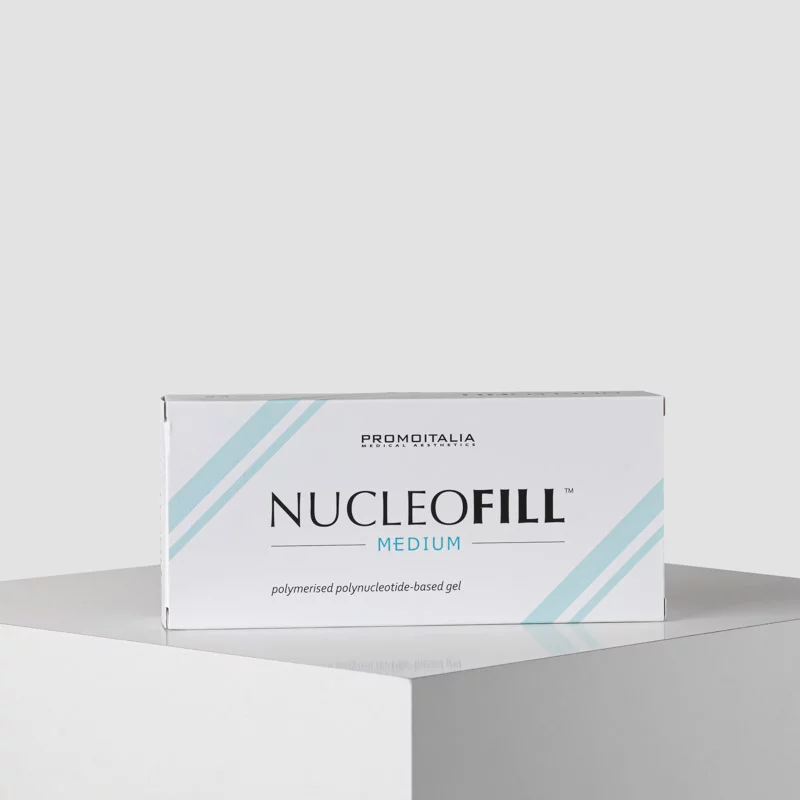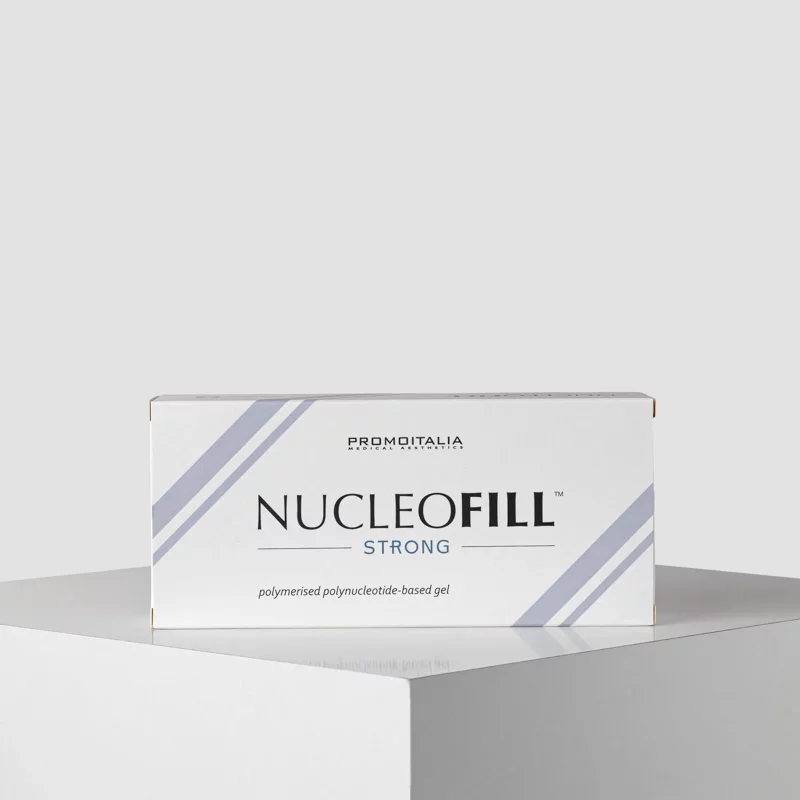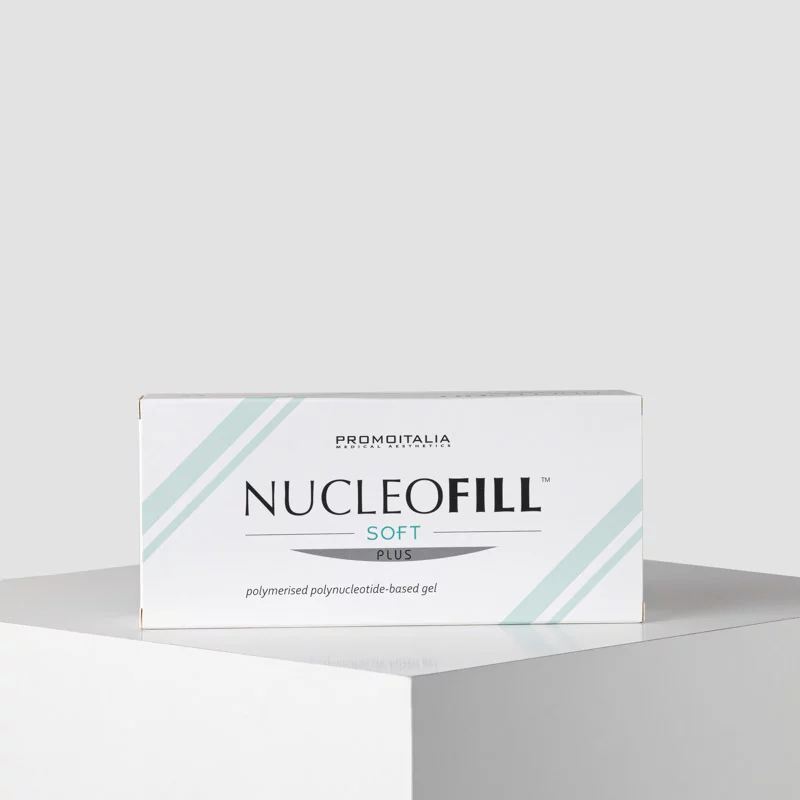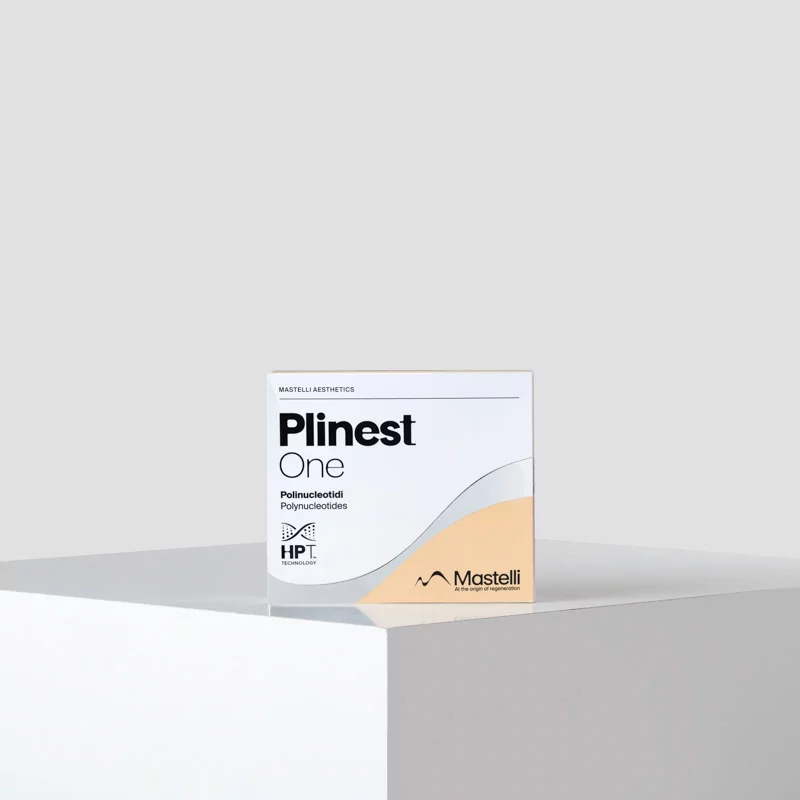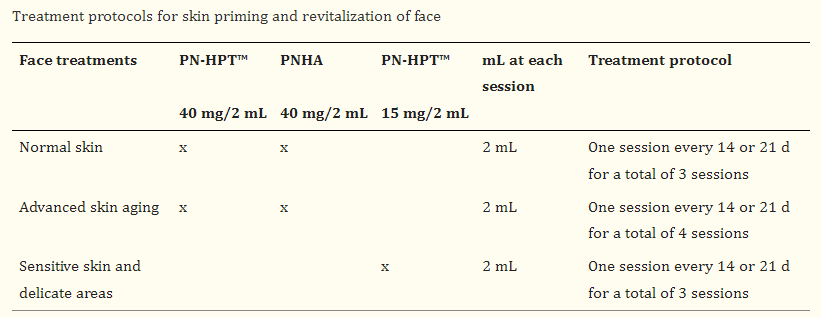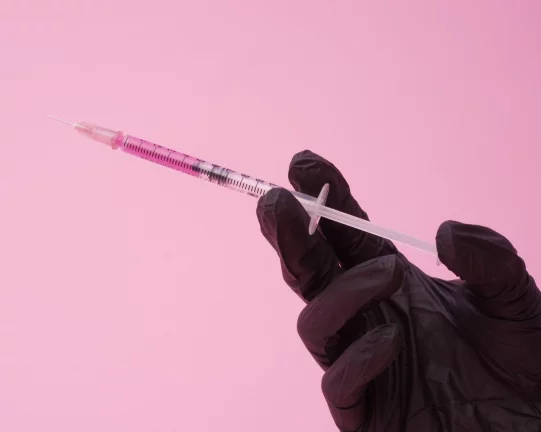-

- Author e-FILLERS Team
- Jul 4th, 2024
Polynucleotides: Advancing Dermal Aesthetics
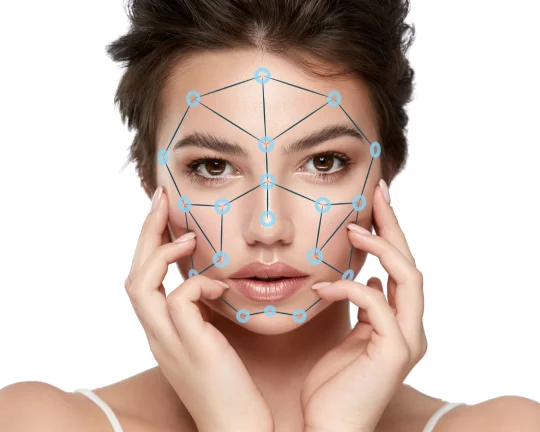
A Comprehensive Guide for Medical Professionals and How to Consult Patients
In the dynamic field of dermal aesthetics, polynucleotides
have emerged as a cutting-edge treatment option. Available now at e-FILLERS, these bio-stimulators
derived from purified DNA fragments, offer numerous benefits by enhancing
collagen and elastin production. As a medical professional, understanding the
science and application of polynucleotides is crucial for integrating this
innovative solution into your practice and improving patient outcomes.
“Polynucleotides represent a significant advancement in dermal aesthetics, offering medical professionals a powerful tool for skin rejuvenation.”
The Science Behind Polynucleotides
Polynucleotides are powerful bio-stimulators that act at the
cellular level to rejuvenate the skin. They work by boosting fibroblast cells,
which in turn enhances the production of collagen and elastin—proteins
essential for maintaining skin firmness and elasticity.
According to the report on the
use of PN‐HPT™ in aesthetic medicine from Journal of Cosmetic Dermatology, long‐chain
PN‐HPT™ gels are an innovative intradermal treatment strategy that combines a
short‐time filling effect with biological proprieties that ease the recovery of
and sound appearance the face and body skin areas where PN‐HPT™ are applied. In
addition, PN‐HPT™ gels are highly biocompatible with a very low risk of adverse
effects.
Over time, as these proteins diminish due to aging, the skin
loses its youthful appearance. Polynucleotides counteract this process,
promoting tissue regeneration and providing additional benefits such as
antioxidant protection and enhanced hydration.
Mechanisms of Action
1. Stimulation of Fibroblasts
Polynucleotides promote fibroblast proliferation and
activity, which are critical for the synthesis of collagen and elastin. This
stimulation results in improved skin structure and resilience, addressing
issues such as sagging and fine lines.
2. Tissue Regeneration
By encouraging cellular turnover and repair, polynucleotides
facilitate the regeneration of damaged skin tissues. This leads to a reduction
in scars, hyperpigmentation, and other skin imperfections, restoring a smoother
and more uniform complexion.
3. Antioxidant Properties
Polynucleotides possess potent antioxidant capabilities,
neutralizing free radicals and reducing oxidative stress. This protection is
vital for preventing premature aging and environmental damage, which are common
concerns among patients.
4. Hydration Enhancement
These bio-stimulators also improve the skin’s hydration
levels by attracting and retaining moisture. This results in a plumper, more pumped
skin appearance, which is essential for overall skin health and aesthetics.
Recommended Protocol for Polynucleotides Treatment on the Face
The benefits of skin priming and revitalization of face skin with PN‐HPT™ gels are most significant even in case of advanced skin aging provided the highest concentration PN‐HPT™ formulations is selected (intradermal injection of 40 mg/2 mL). It is strongly advised that patients receive the full content of 2 mL (all 40 mg) at each session, suggesting an intradermal injection every 14 or 21 days for a total of 4 sessions as initial treatment cycle.
Clinical Benefits for Patients
1. Improved Skin Elasticity and Firmness: Enhanced
collagen and elastin production leads to firmer and more elastic skin.
2. Reduction of Fine Lines and Wrinkles: Tissue
regeneration helps diminish the appearance of fine lines and wrinkles.
3. Even Skin Tone and Texture: The reparative
properties of polynucleotides contribute to a more even skin tone and smoother
texture.
4. Long-lasting Hydration: Increased moisture
retention results in hydrated, healthy-looking skin.
5. Protection Against Oxidative Damage: Antioxidant
effects protect the skin from environmental stressors.
Visit the
e-FILLERS Library to learn more about polynucleotide products and how
they can benefit your patients.
Integrating Polynucleotides into Your Practice
Patient Education
Educating patients about the benefits and mechanisms of
polynucleotides is essential. Use detailed explanations and visual aids to
illustrate how these treatments work at the cellular level. Emphasize the
science behind collagen and elastin production and how polynucleotides
stimulate these processes.
Tailored Treatment Plans
Assess each patient’s individual skin concerns and customize
treatment plans accordingly. Explain how polynucleotides can address their
specific issues, such as aging signs, skin laxity, and dehydration.
Personalizing your approach ensures better patient satisfaction and outcomes.
Procedure Overview
Provide a comprehensive overview of the treatment procedure,
including the number of sessions required, the expected results, and any
necessary aftercare. Clear communication helps manage patient expectations and
enhances their comfort with the process.
Addressing Concerns
Be prepared to answer common patient questions about safety,
efficacy, and potential side effects. Share clinical data and research findings
to reassure patients of the treatment's safety and success. Transparency and
evidence-based information build trust and confidence.
Polynucleotides represent a significant advancement in
dermal aesthetics, offering medical professionals a powerful tool for skin
rejuvenation. By understanding their mechanisms of action and clinical
benefits, you can effectively integrate polynucleotide treatments into your
practice. This not only enhances patient outcomes but also positions your
practice at the forefront of aesthetic innovation.
Stay ahead in the field of dermal aesthetics and provide
your patients with the most advanced care options available.
Sources
For Patients
Are Dermal Fillers Good or Bad?

.webp)

